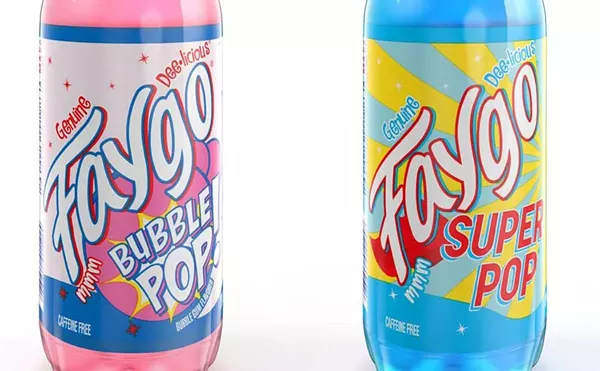Why, somebody recently asked in a surprisingly urgent and ardent tone, don’t you write about french fries? Well, all right then.
So, I’m about to get all dogmatic on you. There’s only one correct and proper way to make simple pommes frites, and because this little bit of doctrine is lost on more people than not, there are a lot of substandard fries lurking out there.
I learned the right way from Julia Child, our lamented, beloved homegrown ambassador for French cooking technique in America. I know it wasn’t from her epic Mastering the Art of French Cooking, because I read several of her other books long before getting to that one, and had already mastered the perfect fry by then.
It’s not that difficult, though you have to fuss some.
Surprisingly, Los Angeles Times food writer Russ Parsons thinks otherwise and said so in an interview following the release of his fun and fascinating book, How to Read a French Fry and Other Stories of Intriguing Kitchen Science.
“French fries are incredibly difficult to make,” he told online book critic Bill Thompson. “A good french fry is really a triumph of food technology.” Because he can find them fairly easily in fast food joints, Parsons doesn’t fry his own spuds. However, one of many useful tips he passes on in his book is this: Fried foods brown better in used oil. There’s a somewhat complicated scientific explanation for this, but it’s enough to know that cooking oil used even once before will produce better fries than fresh out of the bottle.
That said, here’s the most important trick, one that separates the true fry-lover’s fry from all the pale, sodden imitators: You have to fry them twice. First time, they’re cooked at a relatively low temperature to cook them through. The second is to give them a thin, crisp, golden-brown exterior, ready for the slightest sprinkling of salt and nothing more but the ketchup to dunk them in. That said, if you haven’t tried good fries in the British way, with a splash of cider vinegar, do.
The finished fry, of course, is a matter of individual taste. If you like spices and herbs and that stuff on your fries, knock yourself out. If you like them crinkle-cut or waffle-cut, wedges or slices, enjoy. Just remember, whatever the cut, you want the individual pieces of raw potato to be as uniform in size as possible for even cooking.
As for the spud of choice, always go with a sturdy, starchy potato, the most readily available being the common Idaho or russet. Europeans favor a Dutch/Belgian tater called the Bintje, which has a thinner skin and earthier taste, according to food writer Florence Fabrikant, author of The Great Potato Book. Although Bintjes, Peruvian purples and other nondomestic varieties are slowly making their way to market here, russets are the all-American choice for this purely French dish. A starchy potato is necessary to reduce the moisture that leeches into the oil, thinning it and cooling it and sogging up the finished product.
As already admitted, I’m doctrinaire about fries, so I think they should be cut in square sticks, 1/4- to 1/2-inch thick. Those lever-driven french-fry cutters that have been around since Grandma cooked work just great. So does the multi-purpose mandoline, whether French-made or the less expensive Japanese version. But lack of practice with this razor-sharp slicing tool, and especially overfamiliarity with it, inevitably leaves a slice of hand-meat on the blade sooner or later. All in all, there’s something settling and comforting about cutting fries by hand with a good, sharp knife.
So here’s how to do it. (For a real treat, use fleur de sel from France’s Brittany coast, the undisputed queen of sea salt. It’s pricey, but a little goes a long way, and you’ll taste the difference, I promise.)
Pommes Frites
One large russet (Idaho) potato per person, plus one for the crowd
Canola, corn or peanut oil
Salt
Cut potatoes into desired shape and let them rest in ice water until preparation is done.
Heat to 325 degrees enough oil to submerge the slices in a pot big enough to hold them without crowding.
Thoroughly dry the potato slices on all sides with paper towel. A loose batch at a time, add potatoes to the hot oil and cook for about 5 minutes, turning once or twice, until pale golden. Remove the par-cooked potatoes to a plate or sieve lined with several layers of paper towel until all are cooked.
Raise the oil temperature to 375 degrees, and cook the fries a second time for about 2 minutes, or until they start to brown.
Drain well on fresh sheets of paper towel, then salt to taste and serve immediately.
Ric Bohy is editor of Metro Times. Send comments to [email protected]





